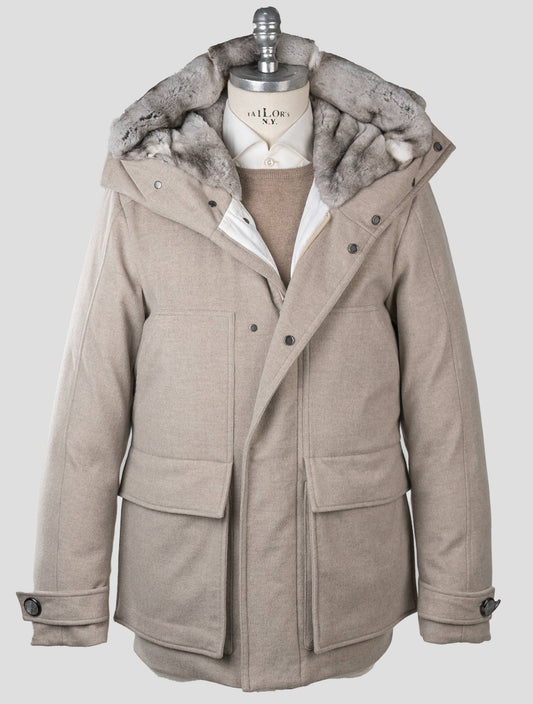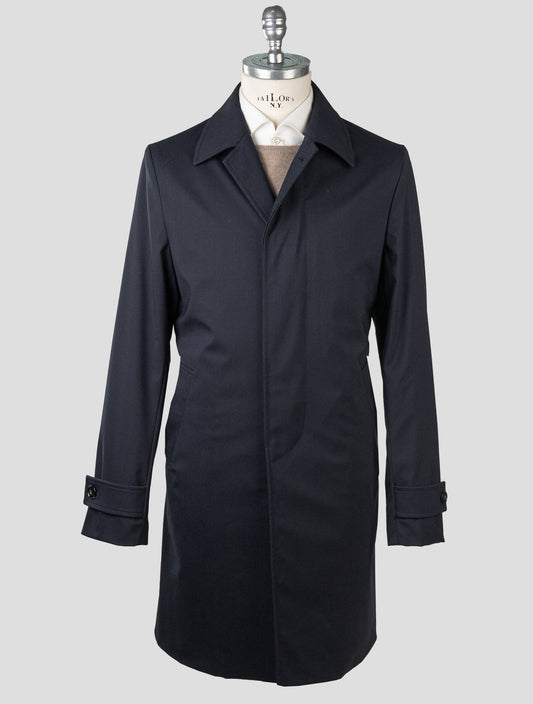The Power of Monochromatic Dressing: Mastering Tonal Outfits
Fri Jun 30 2023

The Power of Monochromatic Dressing: Mastering Tonal Outfits
Monochromatic dressing, the art of wearing different shades and tints of a single color, is a powerful tool in any stylish man’s arsenal. This approach to outfit creation can result in sophisticated, cohesive looks that are both eye-catching and elegant. In this guide, we’ll explore the principles of monochromatic dressing and how to master this technique.
Key Takeaways:
- Understand the basics of color theory in monochromatic dressing
- Learn how to create depth and interest within a single color palette
- Discover the slimming and elongating effects of monochromatic outfits
- Explore monochromatic dressing for different occasions
- Master the art of breaking monochrome with subtle accents
Understanding Monochromatic Dressing
Monochromatic dressing involves using different shades, tints, and tones of a single color to create a cohesive outfit. This technique can:
- Create a sleek, put-together look
- Make you appear taller and slimmer
- Showcase your understanding of color and style
- Allow statement pieces to shine
Color Theory Basics for Monochromatic Dressing
To master monochromatic dressing, it’s crucial to understand:
- Hue: The pure color itself
- Tint: The color mixed with white
- Shade: The color mixed with black
- Tone: The color mixed with gray
Creating Depth in Monochromatic Outfits
To avoid a flat look, incorporate:
- Texture variations (e.g., smooth silk with rough wool)
- Different fabric weights
- Subtle pattern variations within the same color family
- Layering pieces of slightly different shades

Monochromatic Dressing for Different Colors
Each color presents unique opportunities and challenges:
- Black: Classic and slimming, but can be severe
- White: Fresh and clean, but requires careful fabric choice
- Navy: Sophisticated and versatile
- Gray: Modern and urbane
- Brown: Rich and earthy
- Pastels: Soft and approachable
Monochromatic Outfits for Various Occasions
Adapt monochromatic dressing to different settings:
- Business: Navy or gray suits with tonal shirts and ties
- Casual: Tonal layers in relaxed fabrics
- Formal: Black tie with subtle texture variations
- Seasonal: Lighter tones for summer, deeper shades for winter

Breaking Monochrome with Subtle Accents
Add interest to monochromatic outfits with:
- Metallic accessories (watch, cufflinks)
- A single item in a complementary color
- Shoes in a different shade or material
- Patterned accessories within the same color family
Tips for Successful Monochromatic Dressing
- Start with neutral colors if you’re new to the technique
- Pay attention to fit - monochromatic outfits highlight silhouette
- Incorporate a range of shades from light to dark
- Use accessories to add depth and interest
- Consider your skin tone when choosing your monochromatic palette
Common Mistakes to Avoid
- Matching colors too perfectly, which can look costume-like
- Neglecting texture, resulting in a flat appearance
- Overlooking the importance of fit
- Forgetting to break up the monotony with subtle variations
Building a Monochromatic Wardrobe
To facilitate monochromatic dressing, consider:
- Investing in quality basics in your preferred colors
- Choosing versatile pieces that can be mixed and matched
- Incorporating a range of textures and fabrics
- Selecting accessories that complement your chosen palettes
For more on building a versatile wardrobe, see our guide on building a classic wardrobe.
Conclusion
Monochromatic dressing is a powerful technique that can elevate your style and create sophisticated, cohesive looks. By understanding color theory, incorporating texture and subtle variations, and adapting the technique to different occasions, you can master the art of tonal dressing. Remember, the key to successful monochromatic outfits lies in the details - pay attention to fit, texture, and subtle color variations to create depth and interest.
For more advanced style techniques, explore our guides on color theory in menswear and the art of layering.
